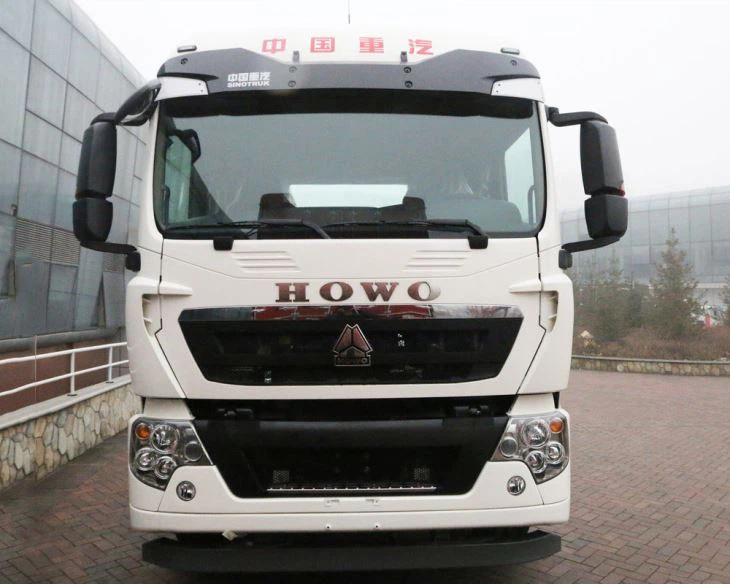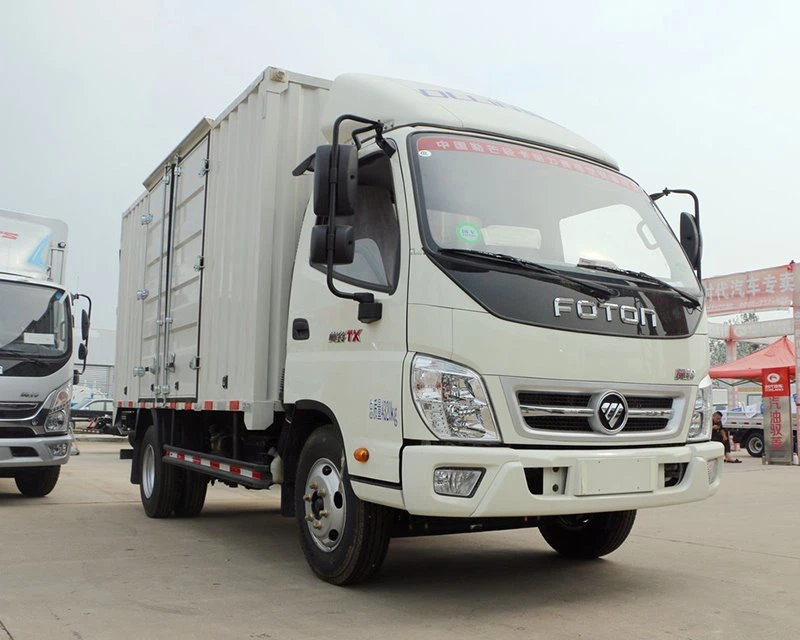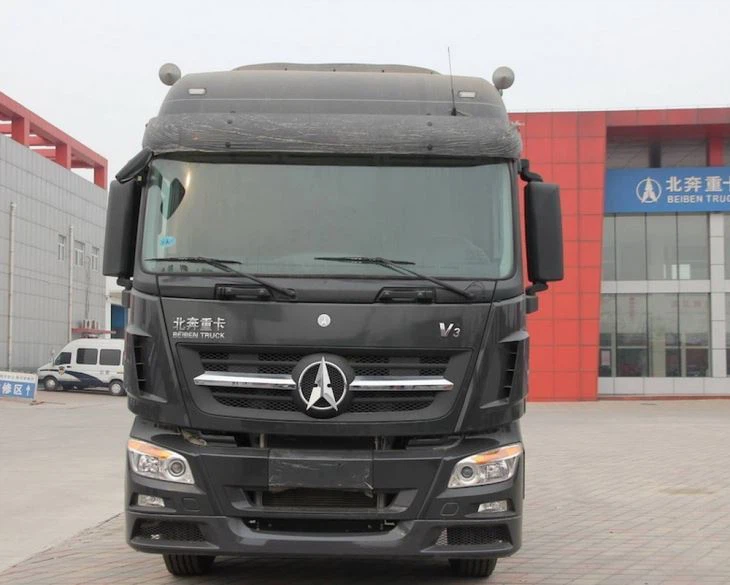Refuse Trucks: The Essential Guide to Waste Collection Vehicles

Introduction

Refuse trucks play a crucial role in waste management and sanitation, ensuring that our communities remain clean and safe. They are specially designed vehicles used to collect and transport waste generated in residential and commercial areas. With advancements in technology and design, refuse trucks have evolved significantly, improving efficiency and reducing environmental impact. This article explores the different types of refuse trucks, their mechanisms, features, benefits, and best practices in waste management, along with practical examples and tips for optimizing their use.
What Are Refuse Trucks?
Refuse trucks, also known as garbage trucks, refuse collection vehicles (RCVs), or waste collection vehicles, are large trucks specifically designed for collecting waste materials. They come equipped with compaction mechanisms to minimize the volume of waste collected, making it easier to transport. There are various types of refuse trucks, each tailored for different waste management needs.

Types of Refuse Trucks
Refuse trucks can be categorized based on several factors:
1. Front-Loading Trucks
Front-loading trucks are equipped with a hydraulic lifting mechanism at the front. This type of truck is primarily used for commercial waste collection, where large containers are positioned at the curbside. The truck’s operator can easily lift and empty the container using the front-loading mechanism.
2. Rear-Loading Trucks
Rear-loading trucks are designed for residential waste collection. The waste is loaded from the back, allowing operators to easily toss bags and bins into the truck’s compaction chamber. This type is excellent for areas with narrow streets.
3. Side-Loading Trucks
Side-loading trucks have a mechanism on the side that allows for automated collection of waste bins. These trucks are efficient as they often require only one operator to collect waste, reducing labor costs.
4. Roll-Off Trucks
Roll-off trucks are used for the collection of large waste containers. These trucks are ideal for construction sites or areas that generate heavy and bulky waste materials.
How Refuse Trucks Work
Refuse trucks operate using several key components:
- Compaction System: Most refuse trucks are equipped with a compaction system that compresses waste to maximize the load capacity.
- Hydraulic Systems: These systems are used to lift containers and facilitate the loading of waste materials.
- Chassis: The truck chassis is specially designed to handle heavy loads and ensure stability while driving.
- Safety Features: Many refuse trucks include safety systems such as camera monitoring, backup alarms, and automatic vehicle location (AVL) systems.
Benefits of Using Refuse Trucks
1. Efficient Waste Collection
Refuse trucks are designed for quick and efficient waste collection, helping municipalities manage large volumes of waste effectively.
2. Enhanced Sanitation
By ensuring timely collection of trash, refuse trucks help maintain a clean and healthy environment, reducing the risk of pests and diseases.
3. Eco-Friendly Options
Many modern refuse trucks are equipped with advanced technologies, such as electric or hybrid systems, which significantly reduce greenhouse gas emissions.
4. Cost-Effective Operations
Automated refuse trucks reduce labor costs and increase productivity, making waste collection operations more economical.
Choosing the Right Refuse Truck
When selecting a refuse truck, several factors must be considered:
1. Type of Waste
Determine the types of waste typically collected—residential, commercial, or construction debris—to choose the appropriate truck type.
2. Load Capacity
Consider the truck’s load capacity to ensure it can handle the volume of waste generated in your area.
3. Terrain and Road Conditions
Evaluate the terrain and road conditions in your collection area. Choose a truck that can navigate the specific challenges of your routes.
4. Cost and Budget
Examine your budget for purchasing or leasing a refuse truck, along with operational costs such as maintenance and fuel.
Maintenance of Refuse Trucks
Regular maintenance for refuse trucks is critical to ensure their efficiency and longevity. Key maintenance tasks include:
- Regular Inspections: Conduct regular inspections on components such as brakes, tires, and hydraulic systems.
- Fluid Checks: Monitor and change oil, hydraulic fluid, and coolant as needed to keep the truck running smoothly.
- Cleaning: Regularly clean the truck’s interior and exterior to prevent odor and corrosion.
- Tire Maintenance: Ensure tires are properly inflated and rotated to maximize fuel efficiency.
Case Study: Cities Leading the Way in Refuse Truck Innovation
City A: Automation and Efficiency
City A implemented side-loading automated refuse trucks, resulting in a 20% reduction in labor costs while improving collection efficiency. The city reported a decrease in missed collections and an increase in resident satisfaction.
City B: Eco-Friendly Initiatives

City B introduced electric refuse trucks, significantly lowering emissions. This initiative received positive feedback from residents and has led to measurable improvements in air quality.
Tips for Optimizing Refuse Truck Usage
1. Route Planning
Utilize GPS and route optimization software to develop efficient collection routes, reducing fuel consumption and operational costs.
2. Staff Training
Provide training for operators on handling refuse trucks correctly, focusing on safety and operational efficiency.
3. Community Engagement
Engage the community in waste management programs to encourage recycling and proper disposal methods. This can lead to lower waste volumes and enhanced truck efficiency.
4. Invest in Technology
Incorporate advanced tracking and monitoring technology to improve fleet management, maintenance scheduling, and operational efficiency.
Frequently Asked Questions (FAQs)
1. How do refuse trucks reduce waste volume?
Refuse trucks are equipped with compaction systems that crush waste materials, allowing them to carry more load and reduce trips to the landfill.
2. Are there electric refuse trucks available?
Yes, many manufacturers now offer electric and hybrid refuse trucks that operate with lower emissions compared to conventional diesel trucks.
3. What is the average lifespan of a refuse truck?
The average lifespan of a refuse truck is typically between 10 to 15 years, depending on maintenance and usage conditions.
4. How can communities encourage recycling?
Communities can promote recycling through educational programs, providing easily accessible recycling bins, and implementing incentive-based programs for residents.
5. What are the safety features of modern refuse trucks?
Modern refuse trucks often include backup cameras, improved visibility systems, automatic vehicle location (AVL) technology, and safety alarms to enhance operational safety.
6. How does automated waste collection work?
Automated waste collection uses specialized trucks equipped with robotic arms or mechanical systems to pick up and empty waste containers without manual intervention.
